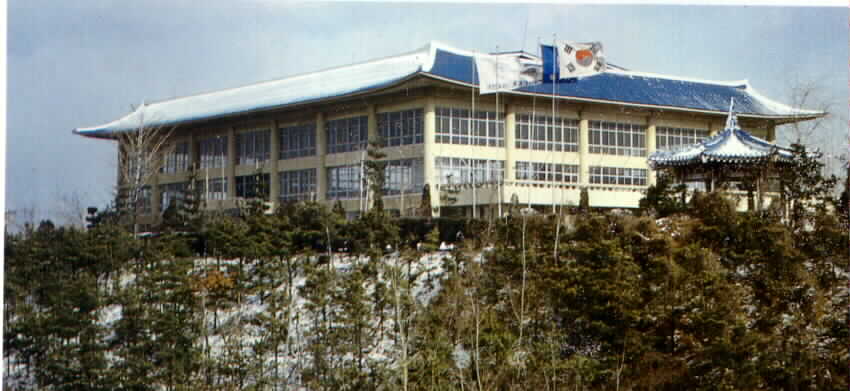
From Chapter 11, “Spooky Kukki to WTF”
I now know that whenever a martial artist looks into the history of his art, it is time to reach for the Scotch. From the beginning, Tae Kwon Do has had high ideals and fought violence with violence (and sometimes fought justice with violence, too), but the history of the martial art has always hidden its painful truths. Millions of people, including Koreans, do not realize that the tall tale about Tae Kwon Do being an ancient martial art is more than a neat story: the creation myth sells the serenity while hiding the brutality and points to heaven while ignoring the blood. In the 1950s and 1960s, Tae Kwon Do needed ancient mumbo-jumbo to hide its Karate roots, and in the 1970s, it needed ancient, invisible warriors to promote a wicked regime.
Choi’s myth about 1,500-year-old dynasties and hwarang warriors had a deep and practical purpose in the early 1970s: the sketchy “research” that embedded Tae Kwon Do in Korea’s old culture grew into a legend as hardy as an ancient gingko. It came as no surprise, then, that the Korean Overseas Information Service published a booklet, Taekwondo, that opened with “Taekwondo is a martial art unique to Korea developed about 2,000 years ago.” But the dictatorship borrowed more than Choi’s creation myth. To his amazement, it stole the name of his martial art, Tae Kwon Do, and it assigned super-spy Kim Un-yong to unify the martial arts gyms (kwans) under one Tae Kwon Do umbrella.
One of Kim’s most important projects was raising money for a world Tae Kwon Do headquarters, the Kukkiwon. In fact, political and martial arts leaders chose him as a leader in 1970 partly because he could raise huge amounts of money.
At Kim’s first press conference, a journalist asked him if he would indeed build the Kukkiwon as promised.
“Yes,” Kim replied.
“How much will it cost?” the journalist asked.
Kim froze. He turned and whispered to Lee Chong-woo, a martial arts leader who sat nearby.
“Say that three hundred million Won will do,” Lee whispered back. In those days, that was an enormous sum, equivalent to U.S.$1.5 million today.
“I think we need no more than two hundred million Won,” Kim said, not wanting to alarm people with the larger number. Korean newspapers reported the amount.
Kim wanted the Kukkiwon built in the old style to, as he said, “give the impression of tradition, like the Korean palaces, for instance, or the magnificent homes of the Confucian high officials.”
For its roof, he chose a traditional Korean tile, the blue kiwa, the same type of kiwa that was on the Blue House, the country’s presidential mansion. In the old days, the making of blue kiwa was a respected, secret art passed from father to son. There is a saying in Korea: he is as secretive as a kiwa merchant.
Kim could not find land in Seoul for the Kukkiwon, so he approached a friend, the mayor of Seoul, who offered him a flat patch.
“I need the highest ground in Yoksam-dong,” Kim countered.
“You can have lower ground,” the mayor insisted. “I don’t understand why you need a place on the top of the mountain.”
“This martial arts gym will have a monumental meaning,” Kim said. “I also have a feeling that a Tae Kwon Do miracle might occur if we build it at the summit.”
Kim received his mountaintop miracle, and construction began in November 1971, “financed with my personal property,” Kim wrote, “and donations from my acquaintances — large companies like Samsung.”
One year later, the Kukkiwon was inaugurated by Kim Cho˘ng-p’il, Kim Un-yong’s former KCIA boss, who was now the country’s prime minister. The beautiful, three-storey building rested on a two-acre lot and contained studios, an auditorium, a dormitory, a recreation room, and the distinct aura of ancient history around its blue kiwa roof. The Kukkiwon would unite rival martial arts factions by forcing them to conduct black belt promotions and Tae Kwon Do business in the Kukkiwon itself. Martial arts gangsters would take over the Kukkiwon in later years, but in the early days the building would be more market than monastery.
Many martial arts leaders refused to unite, but they soon had no choice. With the iron support of the Korean regime, Kim transformed part of the Korean Tae Kwon Do Association into the World Taekwondo Federation, which sounded nearly identical to Choi’s International Taekwon-Do Federation. Also, the acronym “WTF” sounded like “ITF” in English. Choi, in a rage, warned them not to use the term “Tae Kwon Do,” but everyone ignored him, and South Korea severed all ties with the ITF in Canada. The war between Choi and Kim entered a new phase.
The timing of the WTF’s birth seemed inauspicious — it was created between the month of May (when the KCIA was targeting South Korean presidential candidate Kim Dae-jung in the U.S.) and the month of August (when martial artists tried to kill him in Japan) — but creating a global Tae Kwon Do group was a smart move for the dictatorship, which needed Tae Kwon Do to improve the nation’s image overseas…

